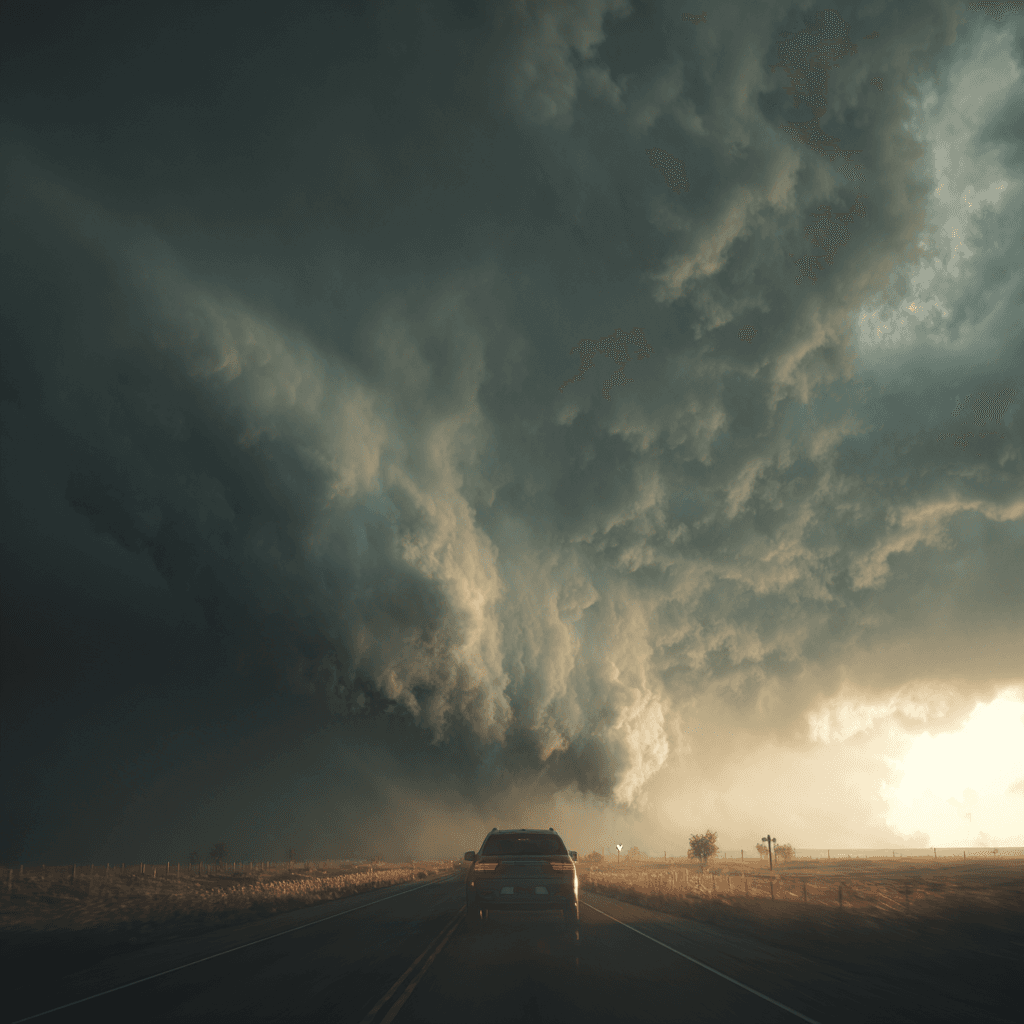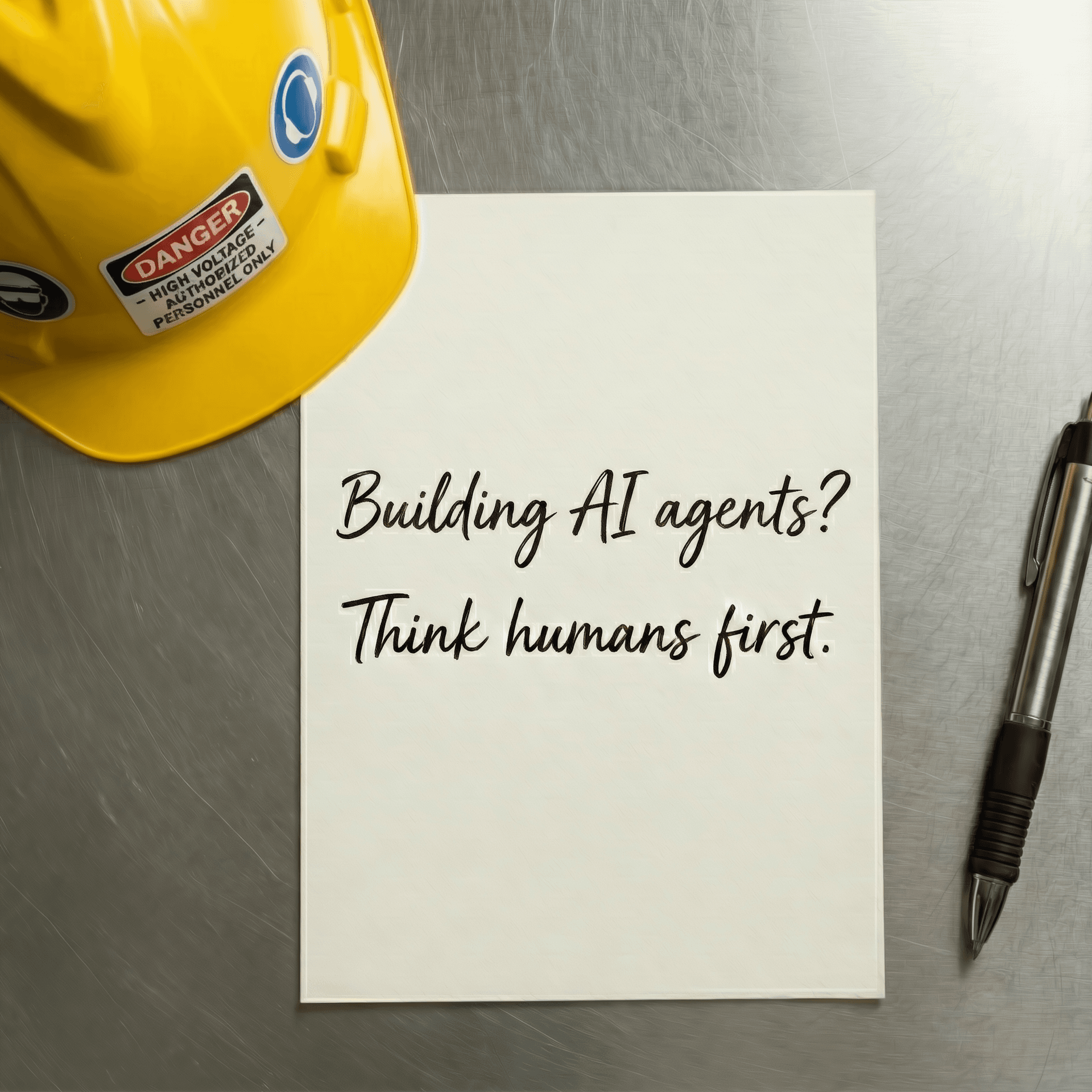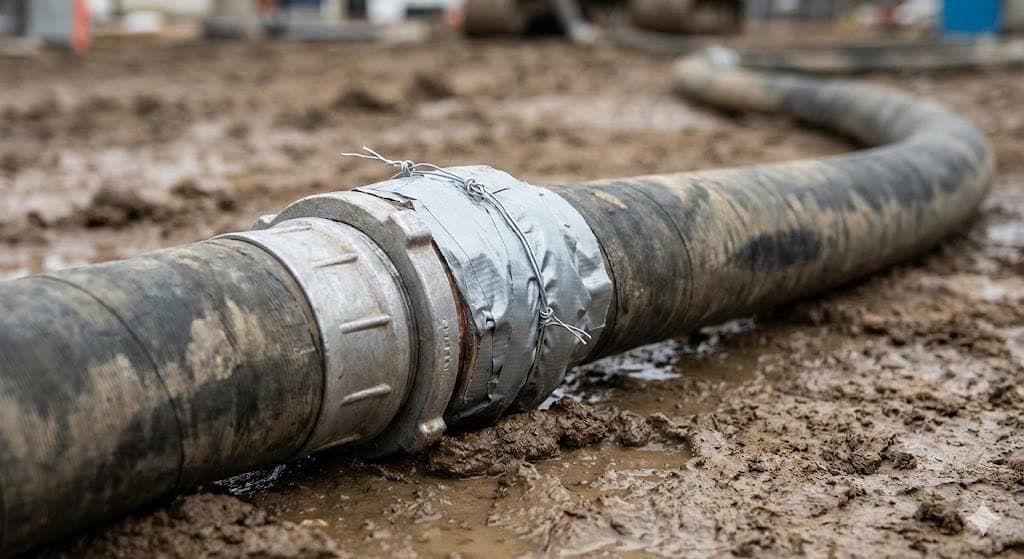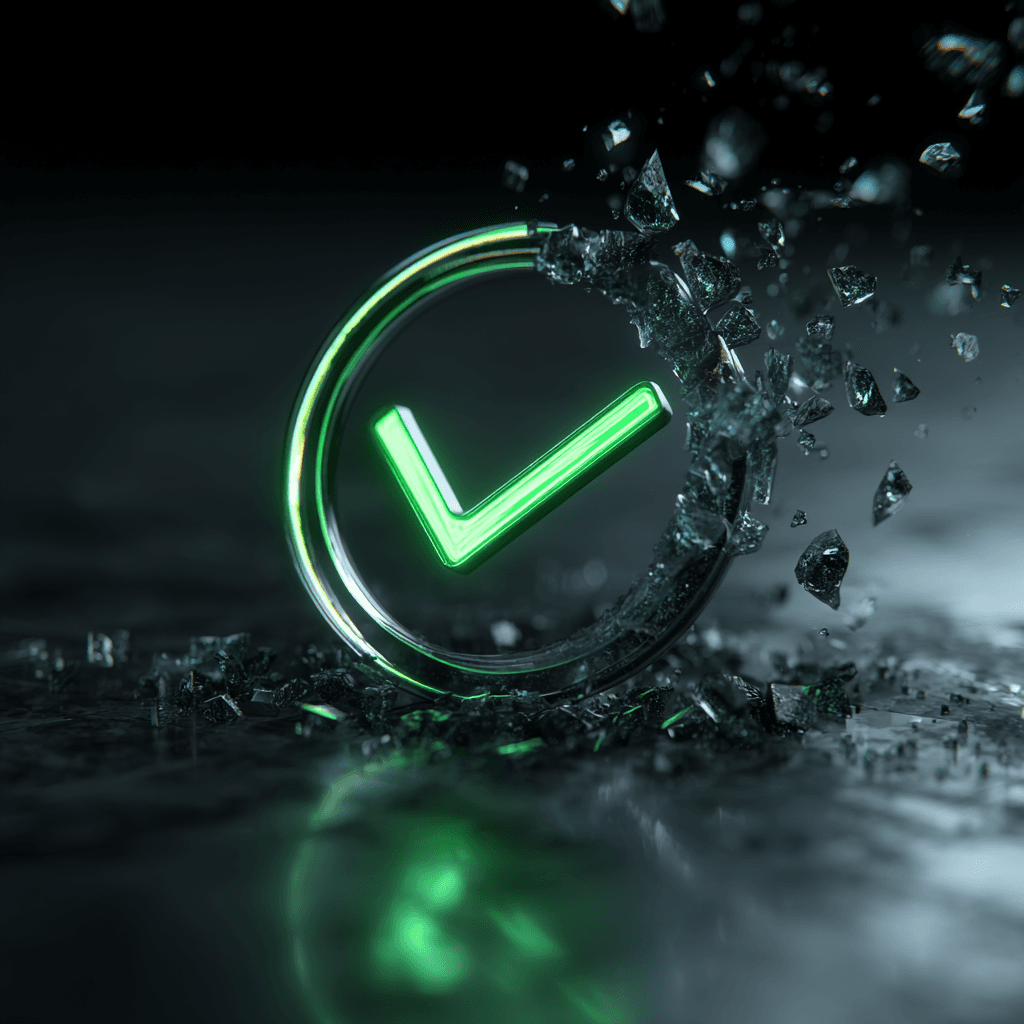Storm Chasing and Workplace Safety

Brady Keene
Co-founder, COO and Head of Safety

Anyone else watch storm chasing? I’m hooked.
With Starlink, live storm-chasing streams have exploded. From the comfort of my living room, I can watch teams track severe weather, massive hail, and tornadoes in real time. It’s thrilling... and, honestly, a little nerve-wracking to see.
At first glance, it looks like pure chaos. People driving within yards of tornadoes, sometimes straight into them. But if you look closer, the best chasers aren’t daredevils, they’re meticulous. Hours before the first storm "pops", they’re glued to screens, analyzing weather models, scanning mesoscale discussions, and studying radar trends. They pore over road maps for escape routes, coordinate with other chasers, and decide in advance where they’ll stage.
They don’t treat this as “we’ll figure it out when we get there”. They treat it as “things will change, and we’ll be ready”.
When the chase begins, everything accelerates, fast. Dozens of vehicles may converge on a narrow, rural, dirt road. The teams that succeed, the ones who stay safe and still get the best footage, are in constant communication. Someone reports a wind shift, another notes hail size increasing, someone else spots a funnel forming. Updates move quickly, decisions are made in seconds, and everyone adjusts. They’re not reacting to a plan falling apart; they’re adapting to reality in real time.
And that’s exactly the kind of environment many workers face every day.
Safety and Health teams can learn from storm chasers.
What do construction crews, utility teams, and manufacturing operators have in common? None of them work in static conditions. Hazards shift by the hour. A perfect pre-task plan at 7:00 AM can be outdated by 9:00. The difference between a safe day and a disaster often comes down to the same things that keep storm chasers alive:
- Live awareness of changing conditions – Just like radar updates, worksites need constant streams of information from the people closest to the hazards.
- Clear, quick communication – Not just “report if there’s a problem,” but sharing what’s seen in the moment, without fear of being wrong.
- Flexible escape routes – Whether it’s a physical exit in a high-hazard zone or a procedural “stop work” trigger, people need an out before they need it.
- Tools that support judgment – Data, tech, and procedures shouldn’t replace worker expertise; they should sharpen it, the same way radar sharpens a chaser’s instincts.
Human and Organizational Performance Related to Strom Chasing?
The best storm chasers don’t survive because they avoid risk entirely, they survive because they prepare for it, expect it to change, and design their system around adapting fast. Sound familiar?
What would it look like if every job started that way? Imagine teams beginning the day not just with a static checklist, but with an understanding that conditions will evolve. Imagine supervisors treating worker updates as the most valuable hazard data on the site. Imagine every task built with space to adjust, because plans will shift, and that’s not a failure, it’s reality.
Storm chasers don’t blame each other for a wrong turn. They share what happened so everyone can learn. They don’t pretend they can control the storm. They focus on staying ahead of it. And when you think about it, that’s exactly how occupational safety should work.
Predict that work is unpredictable.
Whether you’re tracking a rotating supercell or running a complex jobsite, the goal is the same: keep people alive in unpredictable, high-risk environments. That means preparation that’s deeper than paperwork, communication that’s faster than a meeting, and systems that are built for the people doing the work, not just the ones writing the plan.
Because in both worlds, you only get one chance to get it right.
Related Posts
Continue reading with these related articles



